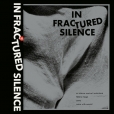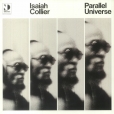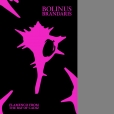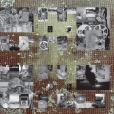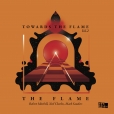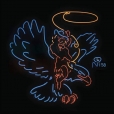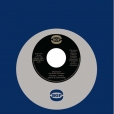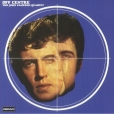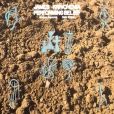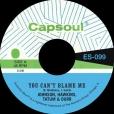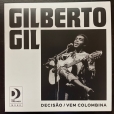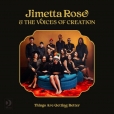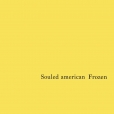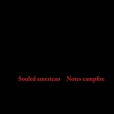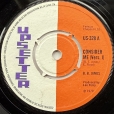Your basket is empty

Astounding, deeply exploratory, previously unreleased work by the legendary Brazilian percussionist and composer.
A wild and unsettling collage, implacably original and startlingly intense — from the electroacoustic opener, which channels ancestral African inspirations into cosmogony, through the proto-mixtape Exemplo de Sintetizadores, which transitions from transcendental drones to astral cha-cha-chas, to a musical consideration of dripping water, in Suite Contagotas.
Djalma is best known for his studio work on benchmark albums, including numerous classics by Caetano Veloso, Gilberto Gil, and Jorge Ben, and for his own polyrhythmic opus Baiafro; and the finale here was first performed at the 1964 Nós, Por Exemplo concert, an event often cited as the inauguration of the Tropicalia movement. Djalma brings the electronics — medical oscillators, for example — to beef up his percussion. It’s eye-opening.
Corrêa called it ‘spontaneous music’; sonic adventures ranging audaciously across an array of genres, from jazz to deep funk to complete abstraction, all imbued with his signature DIY ethic.
Drawn from the original master-tapes, guided by Corrêa himself, just prior to his death.
Intriguing, immersive music. Dazzling, engrossing artwork, too.
With the HJ logo in red & blue on the back.
Revered British jazz from 1969; the pianist leading a quartet featuring Harold McNair.
Originally out in 1969 on the Deram imprint which Decca set up for prog, new wave folk, and psych, Off Centre is obligingly eclectic. Cameron’s background in library and soundtrack music is opened up to the spirit of Roland Kirk. Best of several tasty modal numbers, the closer Troublemaker is a testifying rug-cutter, with a gritty flute solo by McNair.
Remastered at Abbey Road using the original tapes. New sleeve notes incorporate a recent interview with Cameron.
Thrilling, intensely rhythmic, questing music, featuring brilliant, dynamic contributions by Joshua Abrams and Sam Wilkes.
Very warmly recommended. Check out Bracelets For Unicorns.
‘The core of the album is a lush, opulent matrix of percussion ranging from the familiar — hand claps and drum machines — to the mysteriously verdant, sampled largely from Krivchenia’s own performed field recorded collection. For years, he would record any and all of his musical encounters with natural objects: performing on a particularly resonant log on a hike, throwing rocks into a pristine pond, tap dancing in the mud. Not just a novel set of sounds, but a new rhythmic language. The particular give, the anticipatory rustle, the extra breath of a hollow log when functioning as a kickdrum provides a greenness that overtakes the rhythmic grid, giving this music a peculiar kind of stickiness.’
